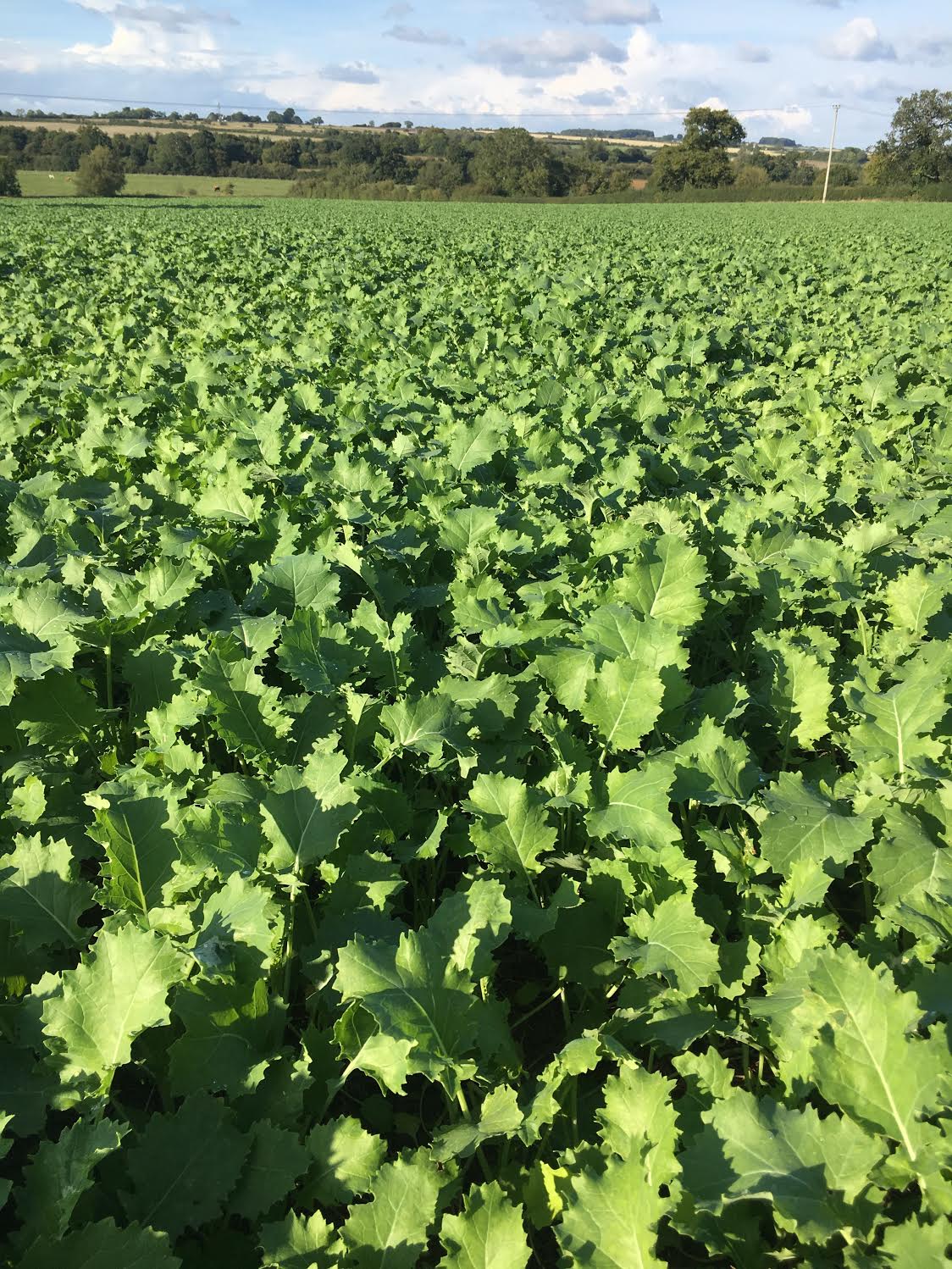We're receiving more and more questions from customers concerned about how to manage wireworms.
Wireworms, the juvenile larvae of the click beetle (Elateridae) are a particular risk to crops which follow grass within a four year period. It’s believed that the wireworms feed on ploughed down grass for approximately six months, before moving to the surface to damage the next two crops, especially during the early spring when soils are cold. The click beetle itself overwinters in hedgerows and grassy areas and has a 12 month lifespan but the adults are not thought to damage mainstream crops.

A variety of ways are being explored to tackle the problem, from management methods which are relatively simple to instigate, to others which will have a wider impact on rotation planning and crop placement over a number of years.
Lifecycle
Adult Click Beetles mate in April and then in May-June they lay eggs (around 60-300 at any one time) in grassy swards or just below the ground. The eggs hatch about a month after laying (July-August). The full life cycle of the larvae can take up to 5 years, during which they are feeding and slowly maturing below the ground, meaning that a field can contain every stage of adult and larvae at any one time. The larvae pupate into adults in July-August, leading to the next cycle of egg laying the following spring.
Wireworms are white, turning a yellow/brown colour as they mature and finding them in the soil indicates a risk of potential damage to your crops. Ragged holes at the base of cereal plants and patches of crop failure (large and small) are indications that wireworms are present.
The most at risk crops are cereals, potatoes and grass reseeds, especially if sown directly after ploughing up an older grass pasture.
Bait and pheromone traps can be used to determine the presence of wireworm and click beetle, while burying several potato tubers in a field prior to drilling the host crop may also help determine levels of pest infestation, as the tubers attract larvae.
Management
The bottom line is that there’s no single silver bullet to manage wireworm, however tweaks to the rotation along with soil and cultivation management may help. Crucially, it’s important to try and work out where in the year (and life cycle of the pest) the biggest effect could be had, either on mature click beetles laying eggs or exposing new larvae to predation and damaging them through cultivation or restricting the food source.
The first option is to expand the rotation to include less host species, for instance by including more pulses like peas or beans within the rotation and allowing a wider break between cereals and grass leys.
Increasing the time span between breaking an old grass ley or permanent pasture and reseeding a new ley can have a positive effect of reducing wireworm numbers.
A non host break crop reduces the likelihood of the pest migrating directly from the old grass turf and feeding on the newly emerging seedlings.
A non host crop could be a forage brassica, such as Forage Rape, Stubble Turnips or Kale. While this approach has shown some success, we have seen incidences when a double break has been needed to see populations reduce significantly.

Double rolling all seed beds, which may already be part of the existing establishment technique, has been shown to restrict movement of wireworm.
Termination of fertility building grass and clover leys before and during egg laying, is another option. The leys, which are the main culprit for pest carry over, would need to be terminated before the adults get a chance to lay eggs in the mid to late spring, possibly ploughing out in autumn instead and leaving land with a non host cover over winter. The downside of this of course is the effect on the availability of winter forage.
American research on ‘bastard fallows’ highlights that the pupae are vulnerable between larvae and adulthood phases, so cultivation and fallowing may be a further way to eradicate the pests. This mechanical destruction reduces the numbers of young larvae during emergence underground in July-August.
No single technique is a guarantee against wireworm damage, especially when terminating old leys, but combining some of these options can help to mitigate the negative effects.